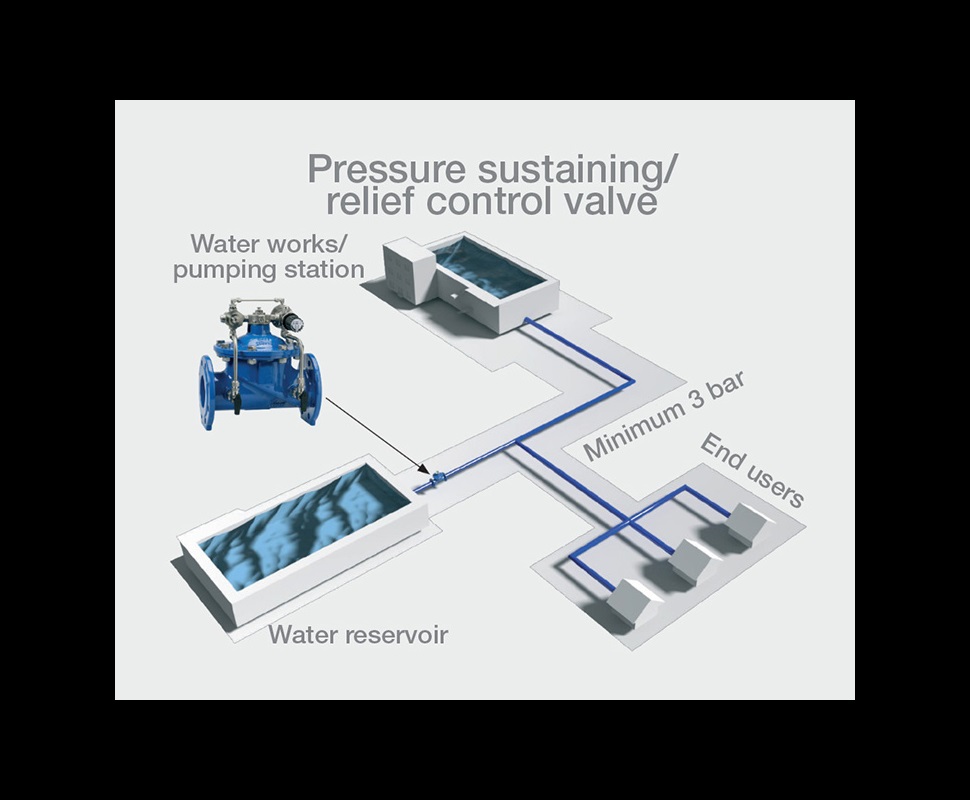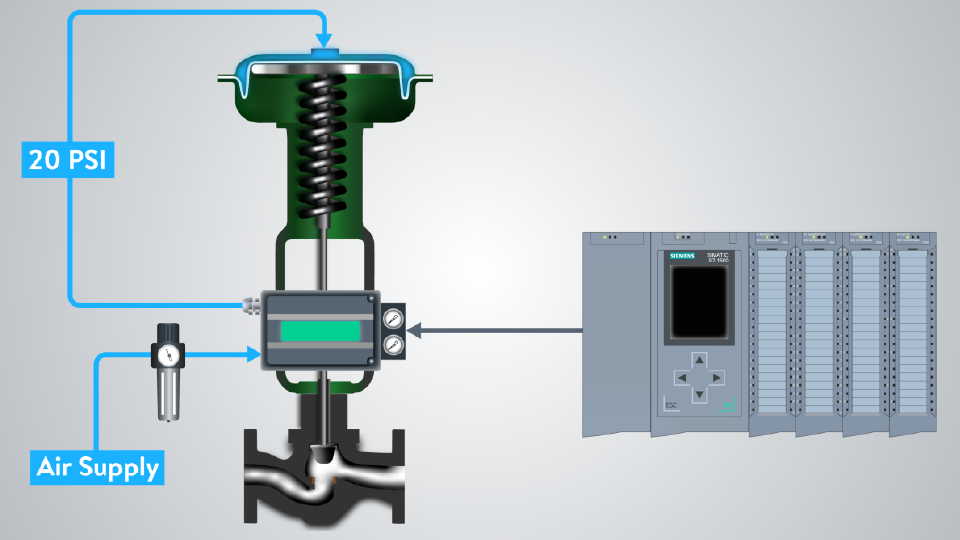Picking the Right Control Valves: A Guide to Optimal System Performance
Picking the Right Control Valves: A Guide to Optimal System Performance
Blog Article

Maximize Energy Cost Savings and Comfort With Advanced Structure Automation Controls
In the realm of contemporary style and facility administration, the assimilation of advanced structure automation regulates stands as a pivotal improvement. By utilizing the power of automation, buildings can adapt, respond, and advance in ways that were once unthinkable.
Power Efficiency Advantages
Power performance advantages can significantly decrease energy usage and functional prices in structures. By implementing energy-efficient practices and innovations, structure proprietors and drivers can attain significant financial savings while also adding to environmental sustainability. One of the primary benefits of enhancing power performance in structures is the decrease of energy expenses. Energy-efficient systems, such as innovative structure automation controls, can enhance making use of sources like heating, lighting, and cooling, leading to reduced power costs gradually.
Additionally, improved energy performance can extend the life expectancy of building tools and systems. By operating more successfully, cooling and heating systems, lighting components, and other structure elements experience less wear and tear, causing minimized maintenance and substitute expenses. Additionally, energy-efficient buildings usually command greater residential or commercial property worths and rental rates, giving long-term economic benefits to owners.
Furthermore, energy performance can improve owner comfort and performance. Correctly managed indoor settings with optimal illumination and thermal conditions produce an even more pleasurable and conducive work area, causing improved worker complete satisfaction and efficiency. In general, the power efficiency benefits linked with advanced building automation controls are complex, encompassing expense financial savings, environmental stewardship, and passenger health.
Improved Convenience Control
Enhancing comfort control in building atmospheres calls for a sophisticated assimilation of innovative automation systems for optimal occupant health. By using innovative building automation controls, centers can customize the indoor setting to fulfill the specific needs and preferences of residents. These systems allow exact guideline of temperature level, air flow, and lights, developing a comfy and effective environment. Passenger contentment and performance are very closely connected to thermal comfort, making it vital to have systems in area that can adapt to transforming problems in real-time.
Enhanced comfort control goes beyond basic temperature level modifications. It consists of attributes such as customized settings, tenancy sensing units, and all-natural light use to produce a receptive and vibrant setting. By including these sophisticated controls, structures can not only enhance convenience but additionally improve power efficiency by maximizing system operations based upon actual occupancy and use patterns. Eventually, prioritizing occupant convenience with advanced automation systems results in a much more satisfying and healthier indoor environment.
Operational Performance Improvements

Furthermore, the application of real-time tracking and analytics devices allows structure operators to recognize energy inadequacies and functional abnormalities quickly. By constantly keeping an eye on energy use patterns and system performance metrics, modifications can be made in real-time to enhance power intake and ensure peak operational effectiveness. control valves. Furthermore, integrating demand action methods into structure automation controls can additionally boost functional effectiveness by dynamically adjusting power use based upon grid conditions and rates signals
Indoor Climate Optimization
Effective interior climate optimization is a basic aspect of structure automation controls, ensuring passengers' comfort and wellness while taking full advantage of power savings. By using advanced sensors and controls, building automation systems can constantly keep track of and change temperature, humidity levels, air high quality, and air flow to develop an ideal indoor atmosphere. Preserving regular and comfy problems not just improves occupant fulfillment but also improves productivity and overall wellness.
Indoor climate optimization additionally plays a vital role in power effectiveness. By fine-tuning ventilation, home heating, and air conditioning systems based on real-time data and occupancy patterns, developing automation controls can dramatically minimize power usage - control valves. Applying approaches such as demand-controlled ventilation and thermal zoning can assist reduce power waste while browse around here guaranteeing that each area of the structure receives the required conditioning.

Lasting Environment Production
Structure automation manages not only optimize indoor environment conditions for energy performance and passenger convenience but likewise lay the foundation for producing a sustainable setting through calculated management of sources and systems. By incorporating innovative structure automation modern technologies, such as sensors, actuators, and intelligent software, centers can change and check power use in real-time to decrease waste and minimize their carbon footprint. These systems allow predictive upkeep, determining prospective concerns before they intensify and optimizing tools performance to enhance durability and effectiveness.
Furthermore, sustainable atmosphere development prolongs past power administration to encompass water conservation, waste decrease, and interior his comment is here air high quality renovation. Building automation controls can manage water usage, detect leakages, and make sure correct garbage disposal methods, adding to general sustainability efforts. Furthermore, by managing and keeping track of ventilation and filtering systems, these technologies enhance owner health and Clicking Here wellness and productivity while lowering power consumption related to cooling and heating procedures.
Final Thought
Finally, progressed building automation manages deal considerable benefits in regards to energy cost savings, convenience control, operational efficiency, interior environment optimization, and developing a lasting setting. By executing these controls, buildings can achieve optimal efficiency while decreasing energy usage and improving resident convenience. It is apparent that using innovative automation modern technology is crucial in boosting building performance and creating a more sustainable future.
Energy efficiency benefits can considerably minimize energy consumption and functional expenses in buildings. On the whole, the energy efficiency advantages associated with innovative building automation controls are complex, encompassing cost financial savings, ecological stewardship, and resident wellness.
Furthermore, integrating demand action strategies into building automation controls can further boost functional effectiveness by dynamically changing power usage based on grid problems and prices signals.
Building automation manages not just enhance indoor environment conditions for power performance and resident comfort however additionally lay the foundation for producing a lasting setting through calculated monitoring of systems and sources.In conclusion, advanced building automation regulates offer considerable advantages in terms of energy savings, convenience control, functional performance, indoor environment optimization, and producing a sustainable setting.
Report this page